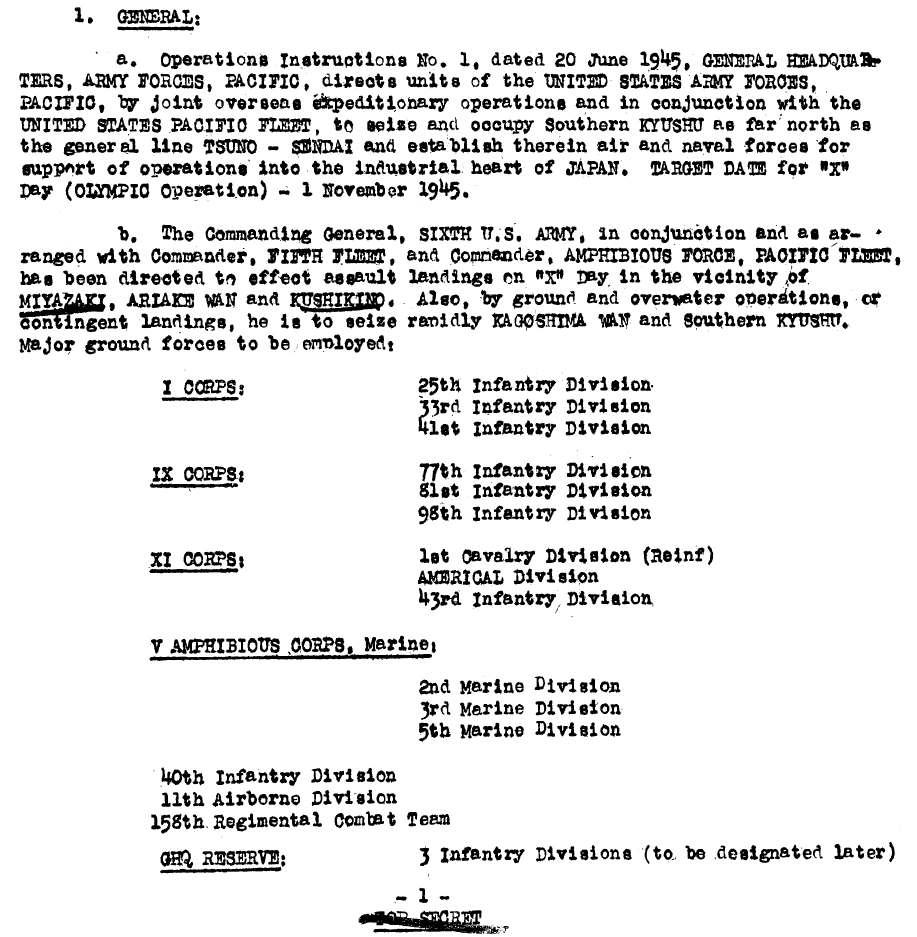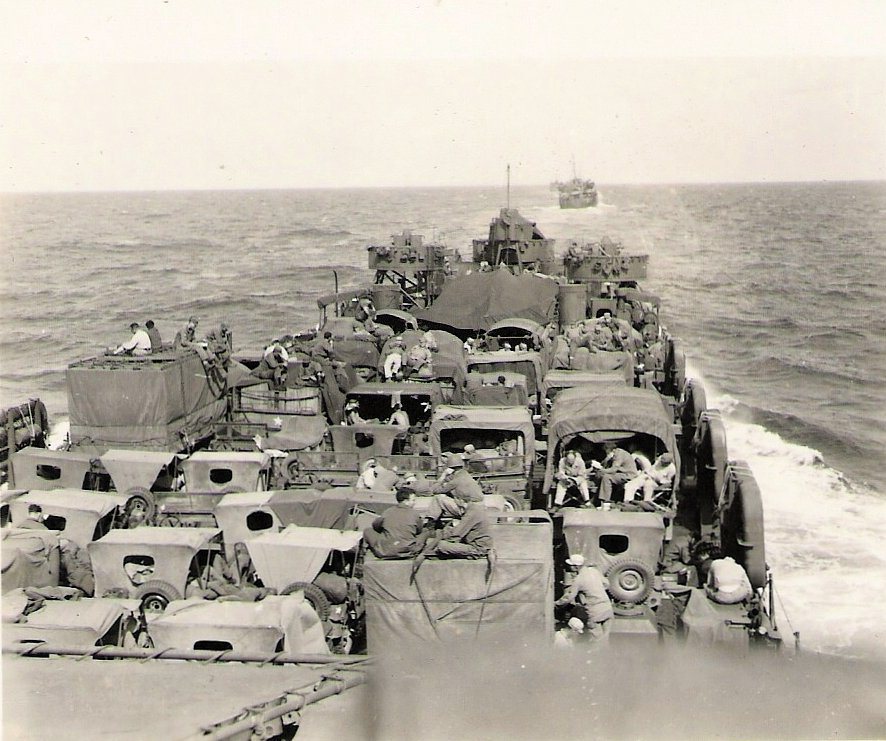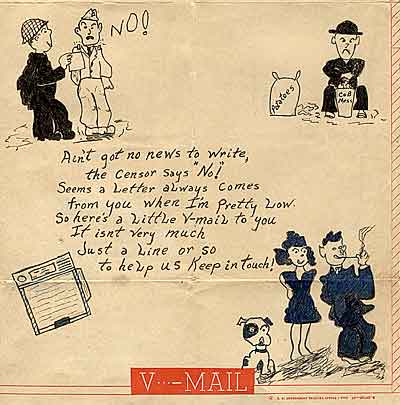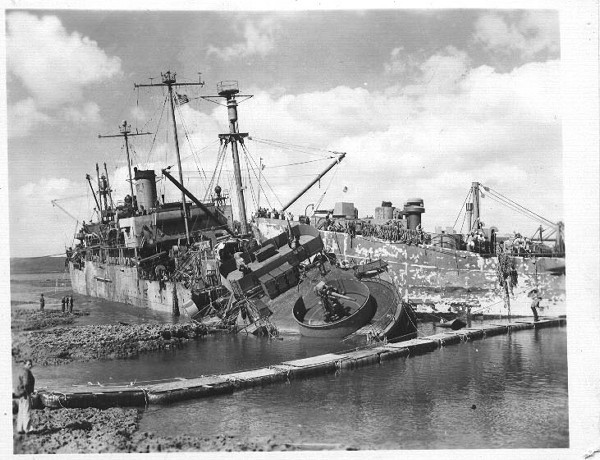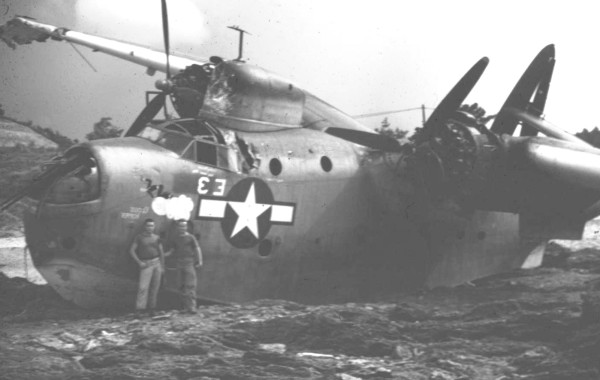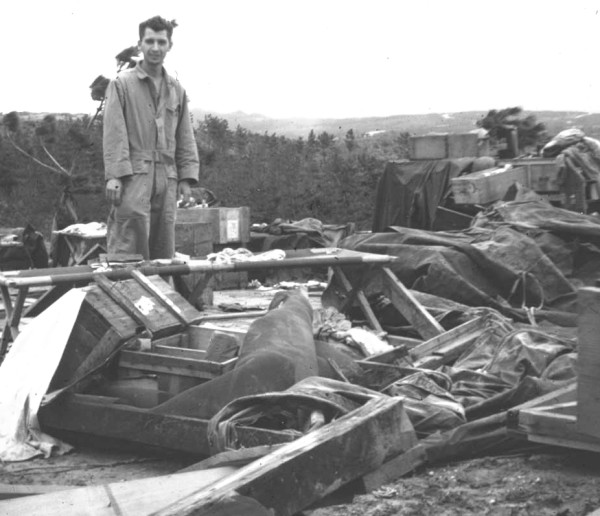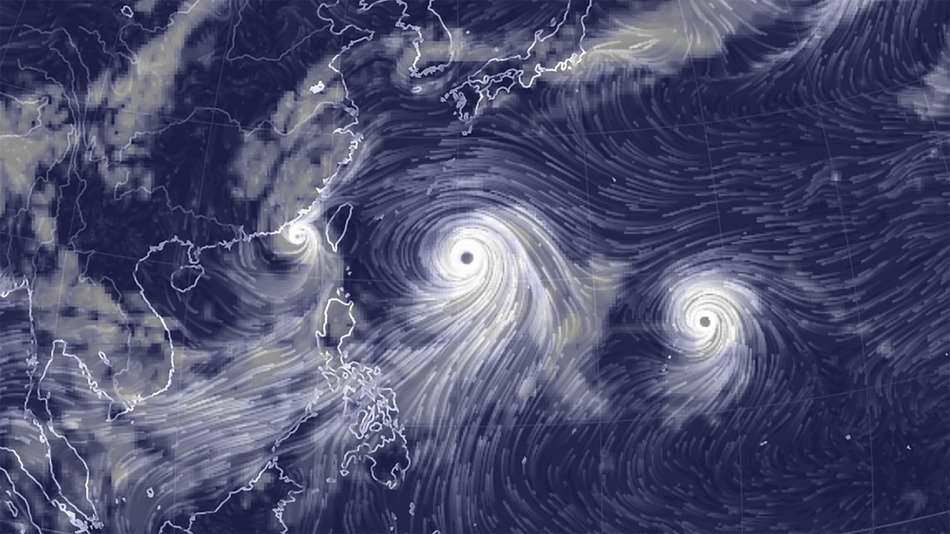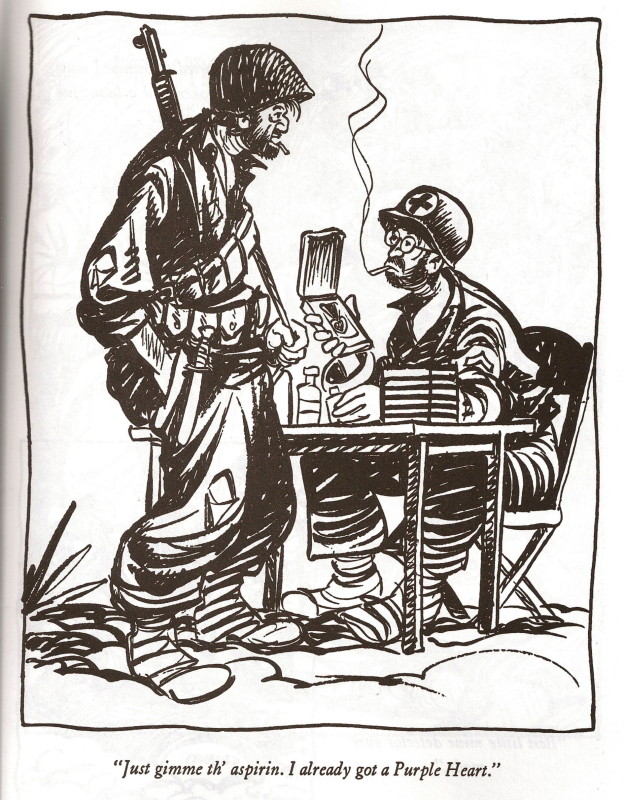[Tuttle explains the name “X-Day” and bemoans the popular presumptions around “D-Day”.]
We are in Fifth Corps (amphibious), with three Marine divisions, the 2nd, 3rd, and 5th. Two other similar size corps, Eleventh and First, will assault the island elsewhere. The augmented 40th Infantry Division is already ahead of us landing on some of the smaller islands off Kyushu. Another whole corps, the Ninth, is staging a feint far to the northeast, and there are an ‘unspecified number of follow-on units.’
So far as I am told, until recently it was U.S. military practice to always call the day of an invasion, amphibious or otherwise, “D-day.” (They also call the hour that it starts “H-hour.”) Something changed in the last year, now that “D-day” has become something of a brand name.
Newspapers take D-Day to mean specifically the June, 1944 expansion of the war against Germany with landings on the Normandy coast of France. They already forget about the other fights which raged even then in all corners of Europe.
If they do that much in a year, I have to wonder what people will be told of this war fifty years from now. There might be just one D-day, which decided the whole fight in Europe. Never mind the massive land war in Russia, the back-and-forth turf wars in north Africa, or the painful struggle through Italy. In a hundred years they may just call it “The D-Day War” .
Anyway, since Normandy and “D-Day” are forever linked in the public mind, the military had to get more creative. For the invasion of Luzon in the Philippines they called it “S-day.” At Okinawa, April 1st, which happened to also be Easter Sunday, was called “Love Day,” much to the chagrin of superstitious or wry-witted soldiers and Marines who saw the setup of a bemusing but possibly bitter irony.
This time around our invasion of the island of Kyushu, set for November 15th, 1945, will begin on “X-day.” That makes today X-4. I for one am glad we are back to a simple single letter.
